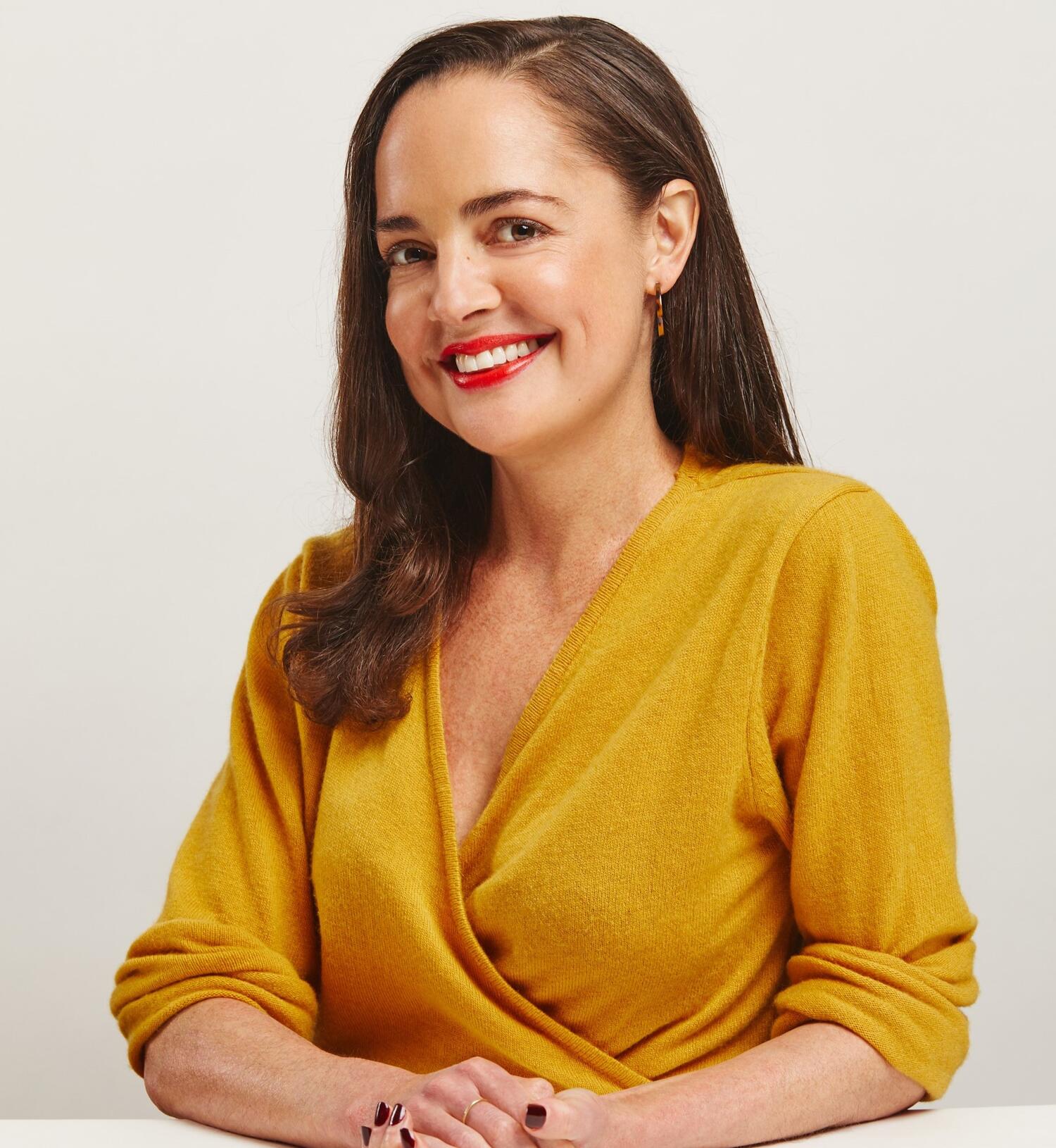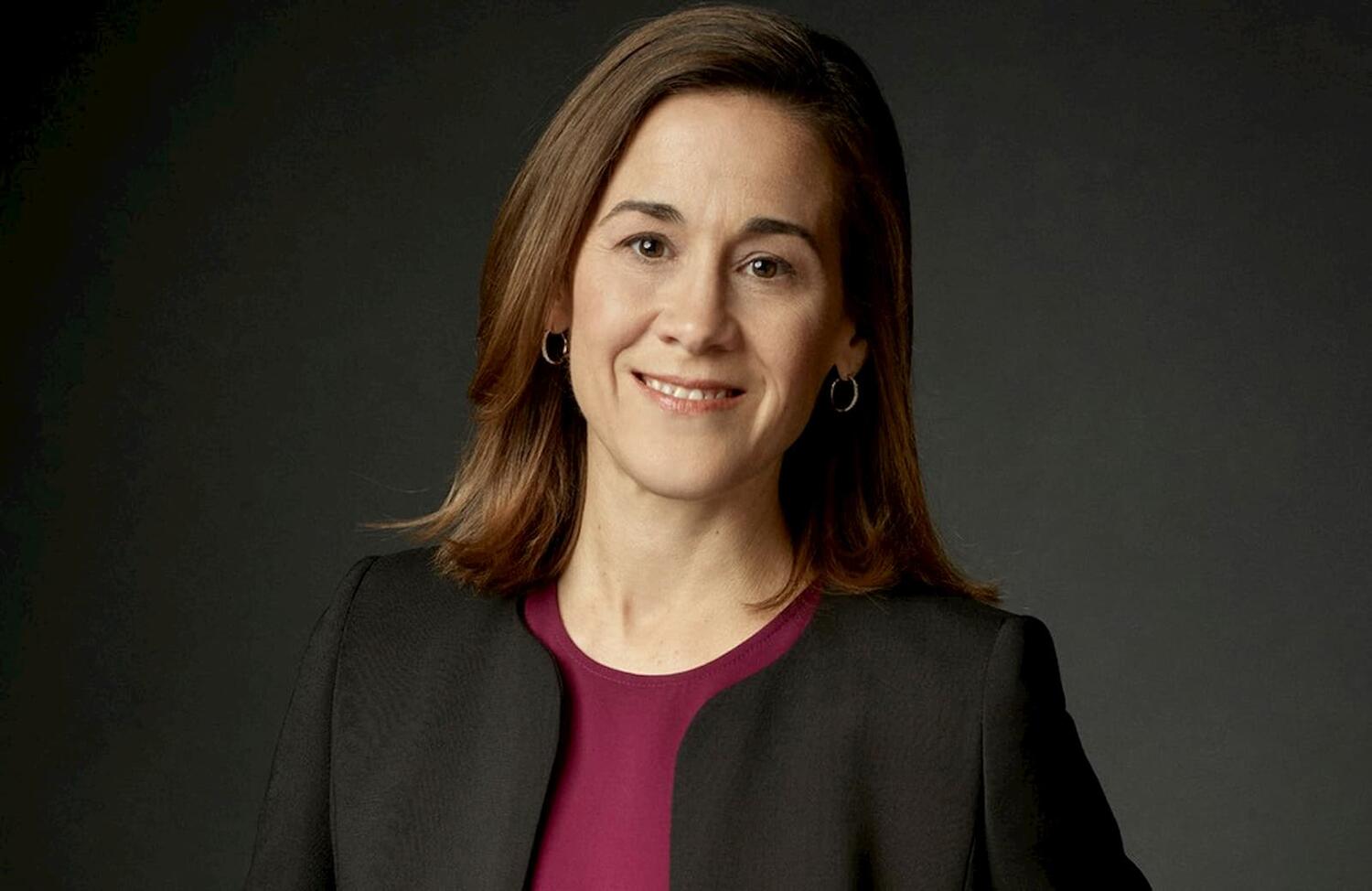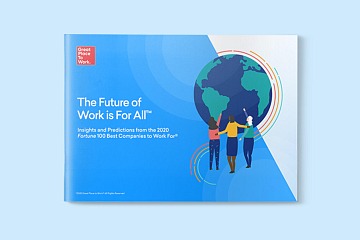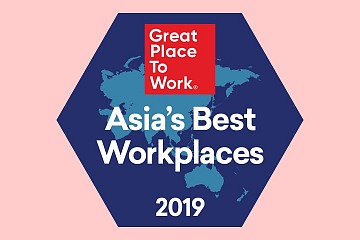Best Workplaces, Diversity & Inclusion, Women in the Workplace
Image: Kristen Johnson, CHRO of Edward Jones.
Finance has not typically been welcoming to women. But the “boy’s club” of yesterday is changing. A sign of the times: Financial firms rule this year’s list of Best Workplaces for WomenTM.
Nine organizations in financial services and insurance earned a spot in the top 20 – triple that of last year’s list.
What’s behind the shift? First, the industry is evolving, with the value of financial advice changing. Almost nowhere is the digital transformation shaking up an industry as it is in finance. At a finger swipe across a smartphone, investors can access their accounts and see how their portfolios are doing.
But women are also adding value in ways that “robo-advisors” cannot compute.
“In the past, the value of financial services or the value a financial advisor was on constructing a portfolio or trading stocks,” said Kristin Johnson, CHRO at Edward Jones, number five on the list. “That part of the financial services business has been replaced by computers. It’s shifted the value to the financial advice.”
Women tend to possess skills in client care, which are now coveted, Kristin said.
“The coaching that investors are looking for really requires deeper listening skills and empathy—just some of the traits that women have that the industry has recognized,” Kristin explained.
To determine the Best Workplaces for Women, Great Place To Work analyzed confidential survey feedback representing more than 4.7 million U.S. employees.
Eighty-five percent of the ranking is based on what women report about their workplace and how those experiences compare to men’s. Fifteen percent of the remaining rank is based on how well-represented women are, from the frontlines to the executive suite.
Diversity is a business imperative
Our list is the latest sign that the financial services industry now recognizes gender diversity as a strategic issue that affects business outcomes.
“Financial institutions are seeing that all stakeholders benefit from diversity,” said Sarae Janes Lewis, director of associate and client experience at Pinnacle Financial Partners, a Nashville, Tenn.-based financial services firm that ranked fourth on the list.
“If associates love the place where they work, then the business improves, the client experience improves, the community impact and engagement is greater, and the financial results improve,” Sarae said. “Ultimately, it’s worth the investment.”
Culture expanders, not ‘culture fit’
Freedom in self-expression is another reason women join – and stay – at the Best Workplaces. Women are constantly told they need to change themselves – be more assertive, or wear more makeup – to succeed. At workplaces on our list, women are encouraged to bring their authentic selves to work.
Jennifer Windbeck, senior vice president, head of branches, cafes, and private banking at Capital One, says women no longer have to present as “male” to make it in the field.
“The industry has moved from an atmosphere where women had to assimilate to traditionally male norms – adapting their communication styles, networking approaches, leadership strategies, business decisions, and even attire, to be successful – to an environment where individuality is accepted,” Jennifer said. Capital One landed at number 12 on our 2020 list.
Put another way, women feel more included at these workplaces. And this feeling of inclusion is what Great Place To Work research found distinguished the Best Workplaces for Women from other organizations.
In the same research, we found that men feel more included at work than women, on average. But the experience of inclusion improves for women as they rise up the ranks.
Why do women feel more included at the top? One theory is that senior employees are more involved in decisions. Great Place To Work research shows that involving employees in decisions that impact them goes a long way in making them feel included.
Another reason the financial services industry is becoming more welcoming to women is that companies are being more inclusive with their benefits. That means benefit programs don’t exclude any employee groups and support employees’ lives outside of work.
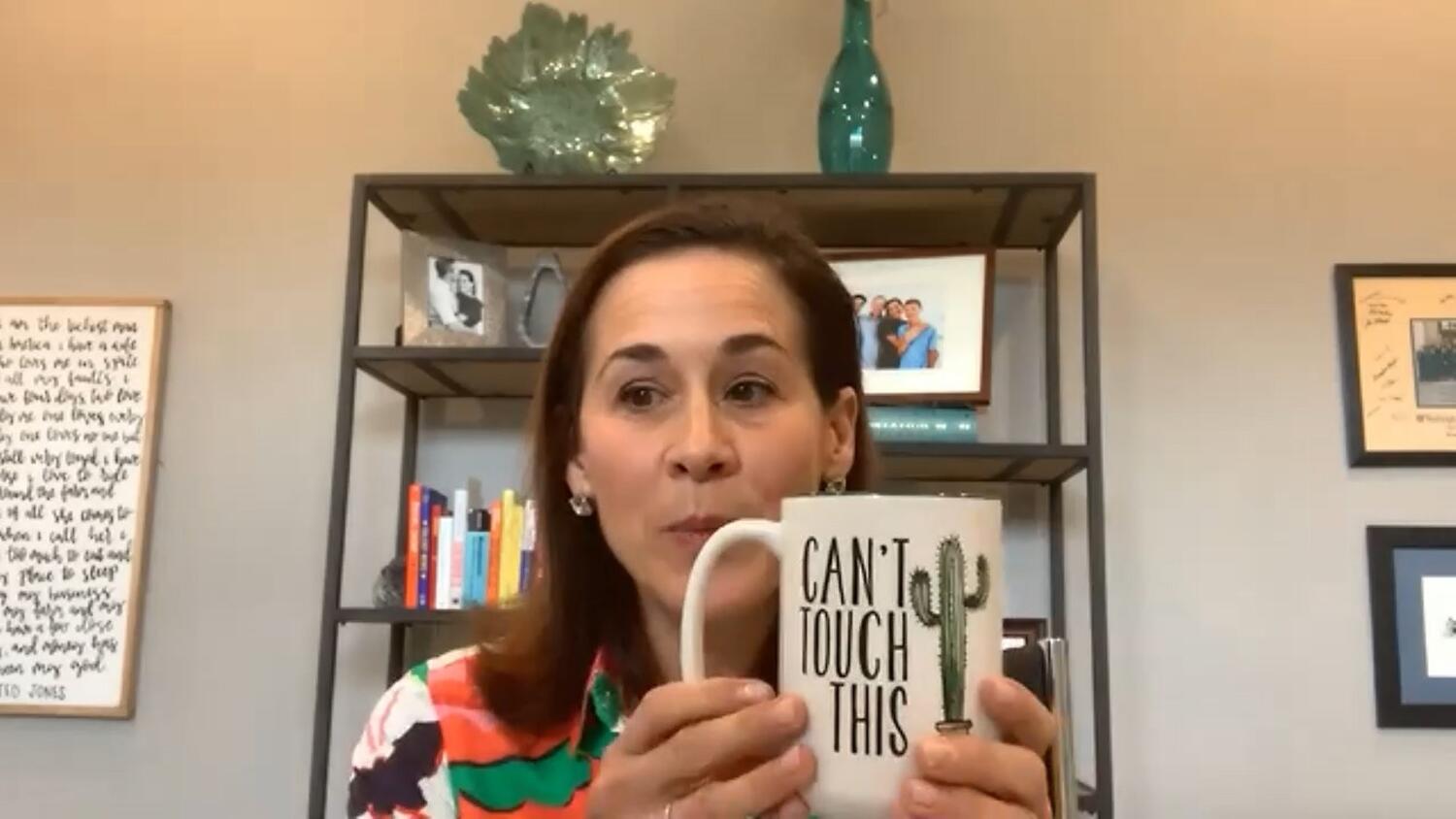
Image: Kristen Johnson poses for her “mug shot” in a virtual team meeting.
Kristin recalls when there were fewer women at Edward Jones, and she was pregnant with her youngest son, who is now 19.
“I remember going in to tell my leader that I was pregnant when I was having my first child, and I was so embarrassed. I felt like I had done something wrong, and I took off eight weeks.
“We now offer four months of parental leave – paid parental leave – for all of our female financial advisors and associates.”
Benefits don’t discriminate
Flexible benefits for all, not just women, is essential for closing gender gaps. Many Best Workplaces offer shared, or in some cases equal, parental leave, one of the major structural imbalances in policy for men and women in the workforce today.
Topping generous paid leave is American Express, number 15 on the list. The company gives mothers 135 paid days (20 weeks) and 100 paid days for fathers. The U.S. average is just four weeks, according to a survey by Mercer on paid parental leave.
The financial industry is also holding onto its top women workers through inclusive social and networking opportunities. Steakhouse dinners and wheeling and dealing over 18 holes of golf are outdated. And after-work drinks can exclude women who still shoulder the bulk of caregiving responsibilities globally.
Employees at Capital One can mix with clients and senior leaders at cultural and spectator sporting events, fitness classes, and lunches. Social media forums like Slack provide a digital connection so “networking feels democratized where there’s something for everyone” Jennifer said.
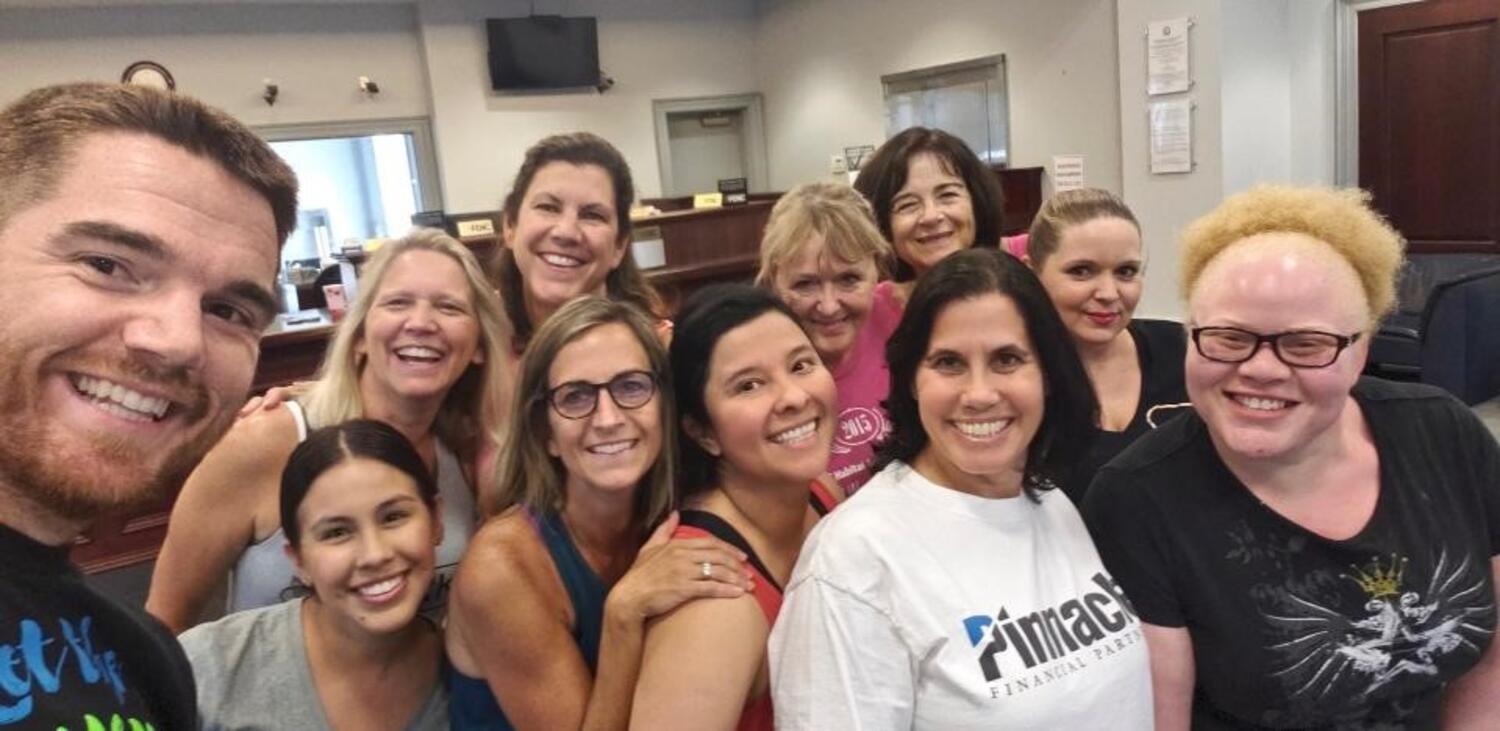
Image: Pinnacle associates take a selfie before a Zumba class – part of the firm’s wellness program benefits
Pinnacle started with an open-door attitude that helps crack the glass ceiling for women, Sarae said.
“Part of it is things like having no executive suite. Our leaders sit in the same size offices as everybody else,” Sarae said. “And they eat lunch at the same table. Our CEO spends three days with every new associate, and he has a special gift for names and knowing things about people.”
Pulling down the ivory tower
Approachable leaders are crucial for what we call removing “executive blinders.” Another striking finding of the women in the workplace study was that compared to women, men are twice as likely to believe employees are treated fairly regardless of their gender.
That blind spot gets bigger as employees move up the ladder. Compared to female executives, male executives are 2.6 times more likely to believe employees are treated fairly in the workplace regardless of their gender.
It seems that many male leaders are divorced from the reality of their more junior and female colleagues. Having proximity to inequality awakens something important for an equitable workplace.
Edward Jones is removing the executive blinders by building unconscious bias training into the hiring and training process. The company is also changing the promotion process so advancing up the ladder does not depend on your proximity to senior leaders or exclude underrepresented groups.
“It’s not just based on who you know, which are those in your circle and could be those who are just like you,” Kristin said.
Helping parents doing triple duty
While some argue that benefits targeted to mothers are self-reinforcing, in the face of a pandemic, such measures are essential in keeping women in the workplace.
Parents are juggling work, childcare and home-schooling and the data says women are most often the ones leaving work to manage childcare during the pandemic.
But Edward Jones is putting radical flexibility on their list of benefits so women “don’t have to make a career choice based on the challenging times that we’re going through,” said Kristin. “We want to make sure that as women grow their career, they can also nurture their personal lives and take care of their friends, their family, and what’s in their personal lives.”
Capital One is also keeping women in the workforce by supporting multi-tasking parents. Employees get a discount for in-person or virtual tutoring and free access to online summer camp.
 Image: Kids’ work in a virtual art exhibit as part of Syncrhony’s virtual summer camps.
Image: Kids’ work in a virtual art exhibit as part of Syncrhony’s virtual summer camps.
Representation at the top is essential for advancing women in the workplace, and overall positive employee experience. At Edward Jones, the most senior executive – managing partner Penny Pennington – is a woman. The company’s top-producing financial advisor also is a woman – Jennifer Marcontell. And a total of three of their eight executive committee are women.
Edward Jones’ Women’s Leadership Experience program grows female representation from entry-level to senior leadership. In this initiative, a team of 22 high potential female leaders, seven of those being women of color, took part in an eight-month program. And of those 22, 70% had job changes and 61% were promoted.
Overcoming impostor syndrome
Representation in senior positions is also essential for curbing impostor syndrome, which affects women more than men.
In a landmark study in the 1970s, psychologists Pauline Clance and Suzanne Ikes identified the impostor phenomenon as an “internal experience” of “intellectual phoniness” which appears to be particularly prevalent among “high-achieving women.”
The same study found that impostor syndrome claws at us when we find ourselves in a role that would have been unfamiliar or out of reach for our parents. And so, the higher many women rise in an organization, the more likely they are to feel inadequate – to experience impostor syndrome.
“I’ve had it for quite some time,” said Kristin, who has moved around the firm from operations to branch development to her role as CHRO.
“In 2014, I was asked to join our management committee when I was in a branch development role. That’s our group of 20 leaders that at the time, who got together with our managing partner. And I still would sit there and think, somebody is going to come in and tap me on the shoulder and tell me I shouldn’t be here. Like, you’re in the wrong meeting,” Kristin said.
“I am very grateful for having mentors at Edward Jones that have been really supportive of me and building my confidence to really get that out of my mind and be who I am and focus on the strengths that I bring to the table.”
Mentoring the next gen of female leaders
Kristin shares her experience of impostor syndrome when she coaches younger female associates. “I try to mentor others on that because you can definitely get in your own head and you can need somebody to help get you out of that and focus on the work at hand.”
Judging people first as individuals, rather than members of a group, creates a real sense of inclusion. And that’s another part of making work great for women.
“I’ve really never thought of myself as a woman at Edward Jones,” Kristin said. “That really hasn’t been anything that I’ve been challenged with or that I feel like has limited my opportunities during my career.”
Unraveling the cultural constructs that shape how we work can be challenging. One of our best chances of rewriting the narrative for women starts with inspiring and educating young people. Jennifer doesn’t take her role in leading the future generation of women in the workplace lightly.
“I get a lot of inspiration, joy and perspective from my young niece and nephew. Seeing the world through their eyes gives me an immense appreciation for the role, responsibility and position I have as a leader to continue to do more to advance equality.
It certainly takes a village, and I am proud of the strides we’re making as an industry to welcome young women with the same opportunities as men to pursue their dream careers.”
At the Best Workplaces for Women, the boy’s club culture is gathering cobwebs. Inclusion is the new currency for finance.
See our full list of Best Workplaces for Women.
Does your company create an inclusive employee experience? Nominate your workplace for one of our Best Workplaces™ awards.
